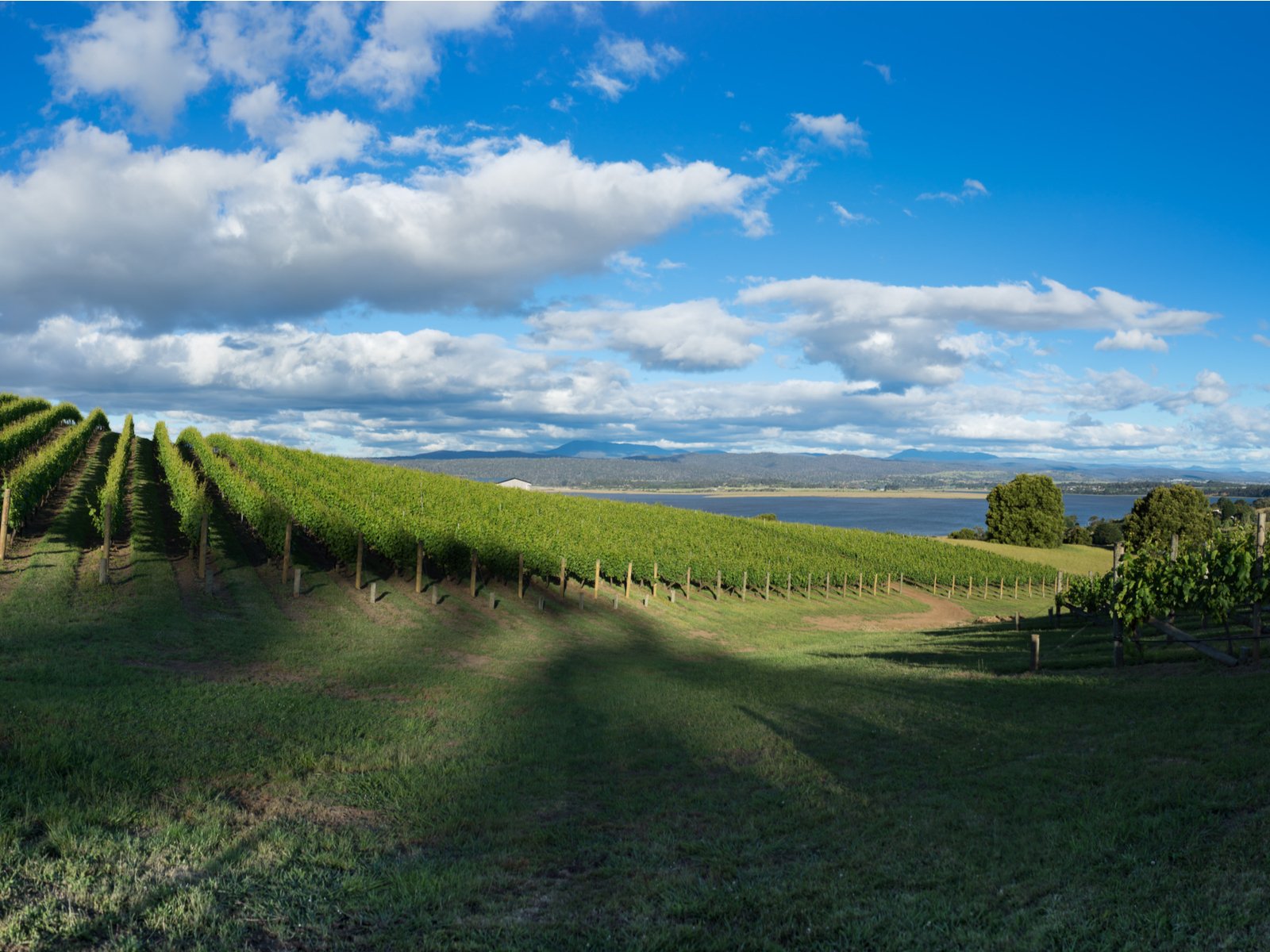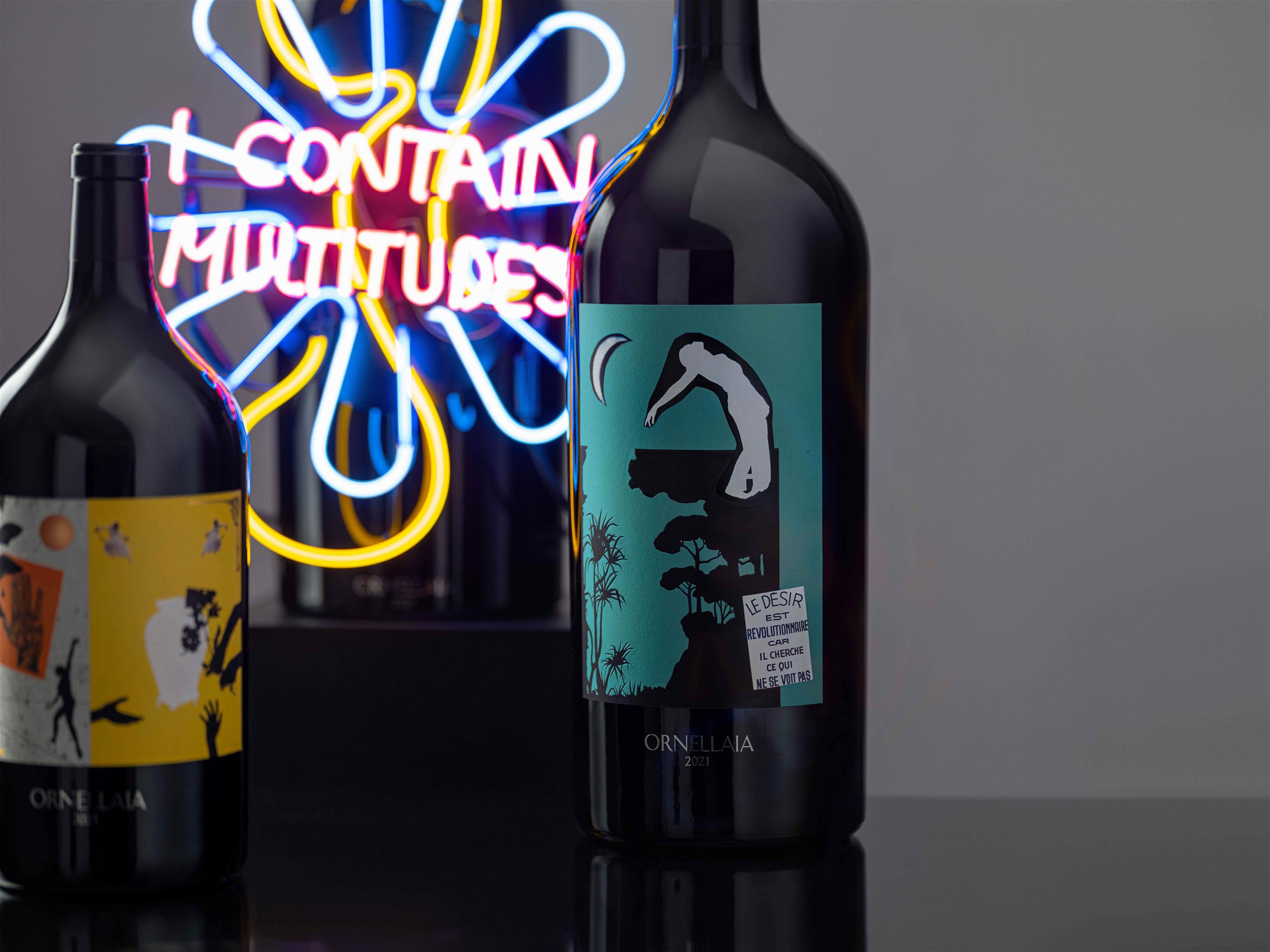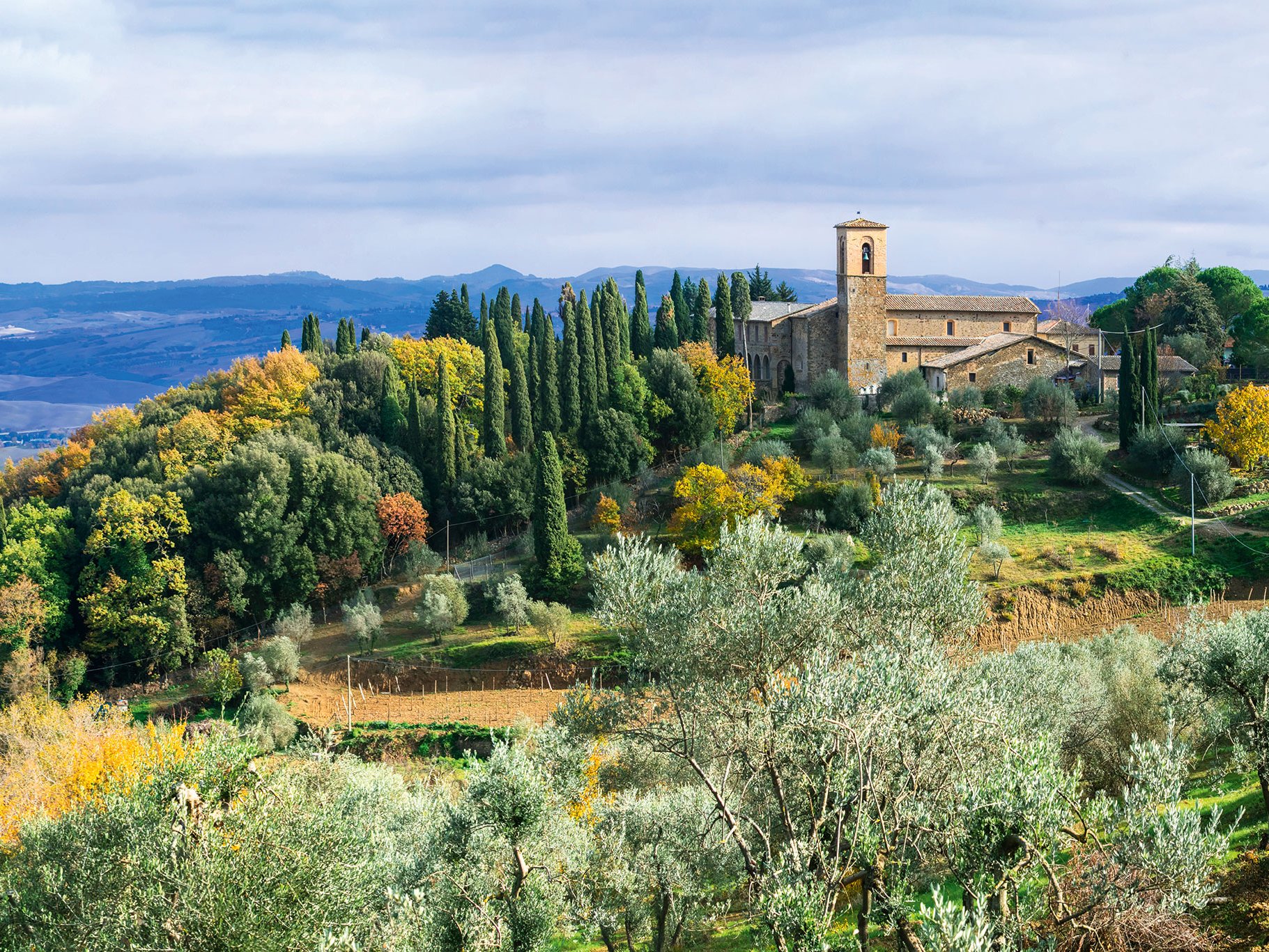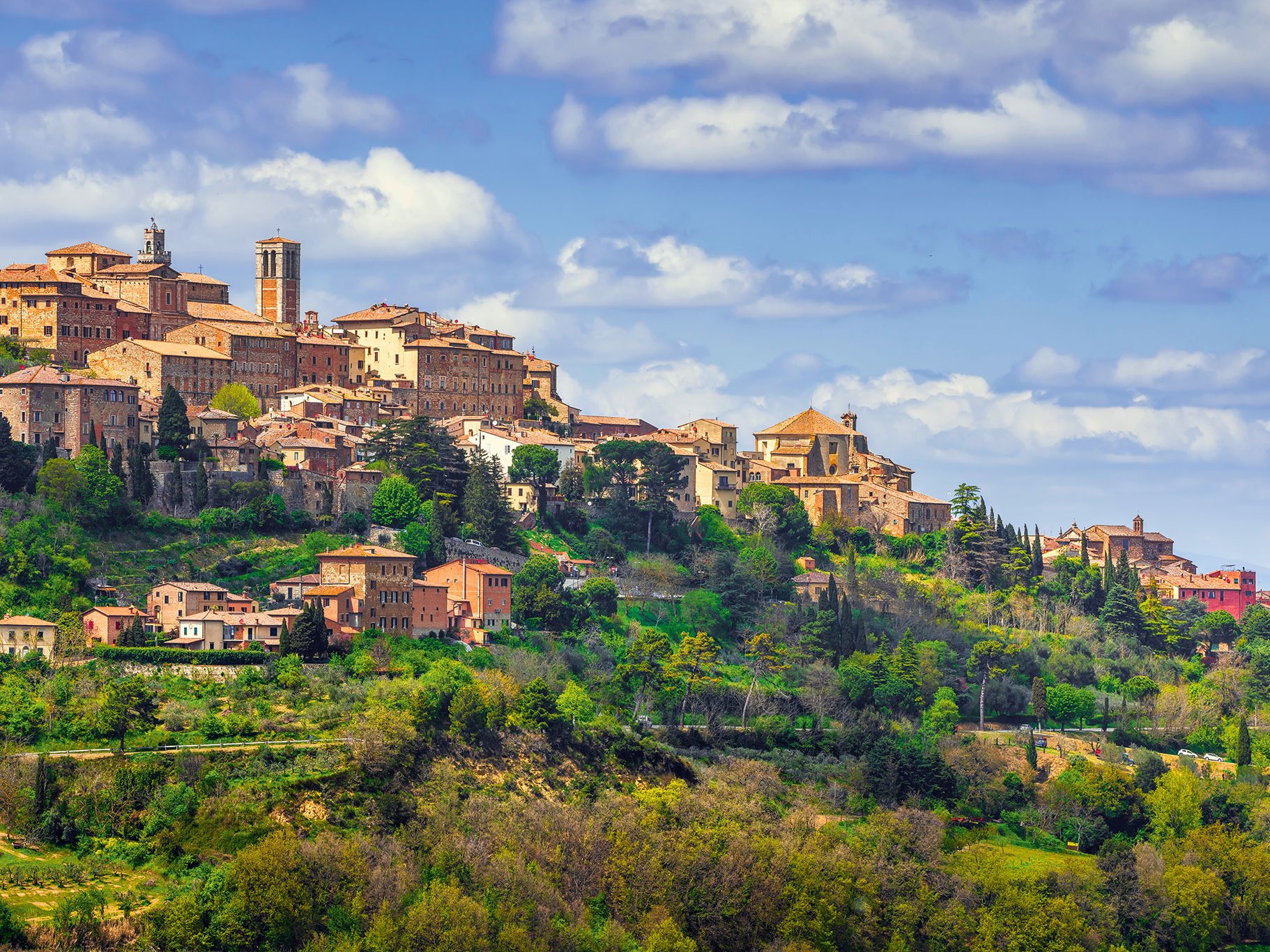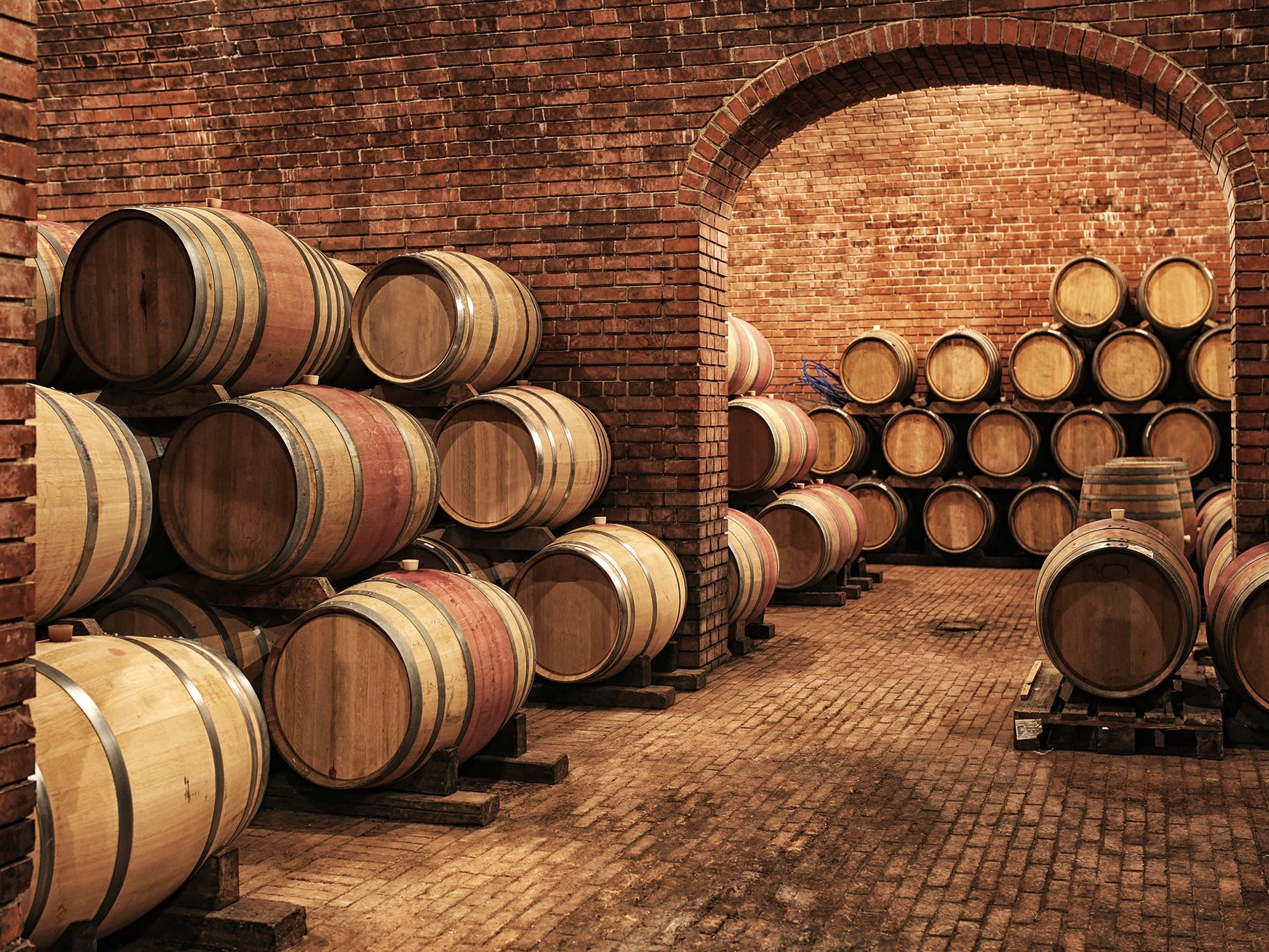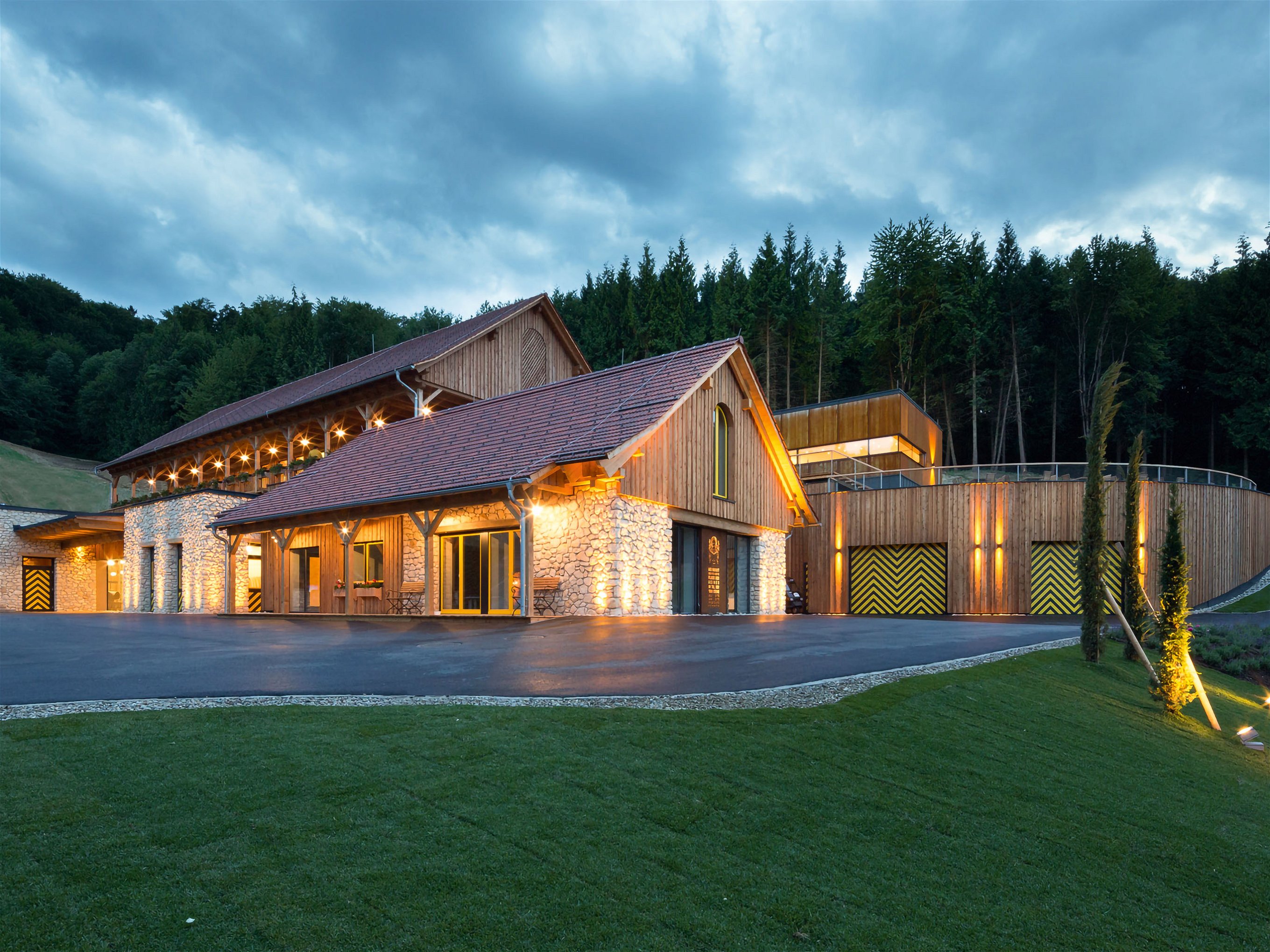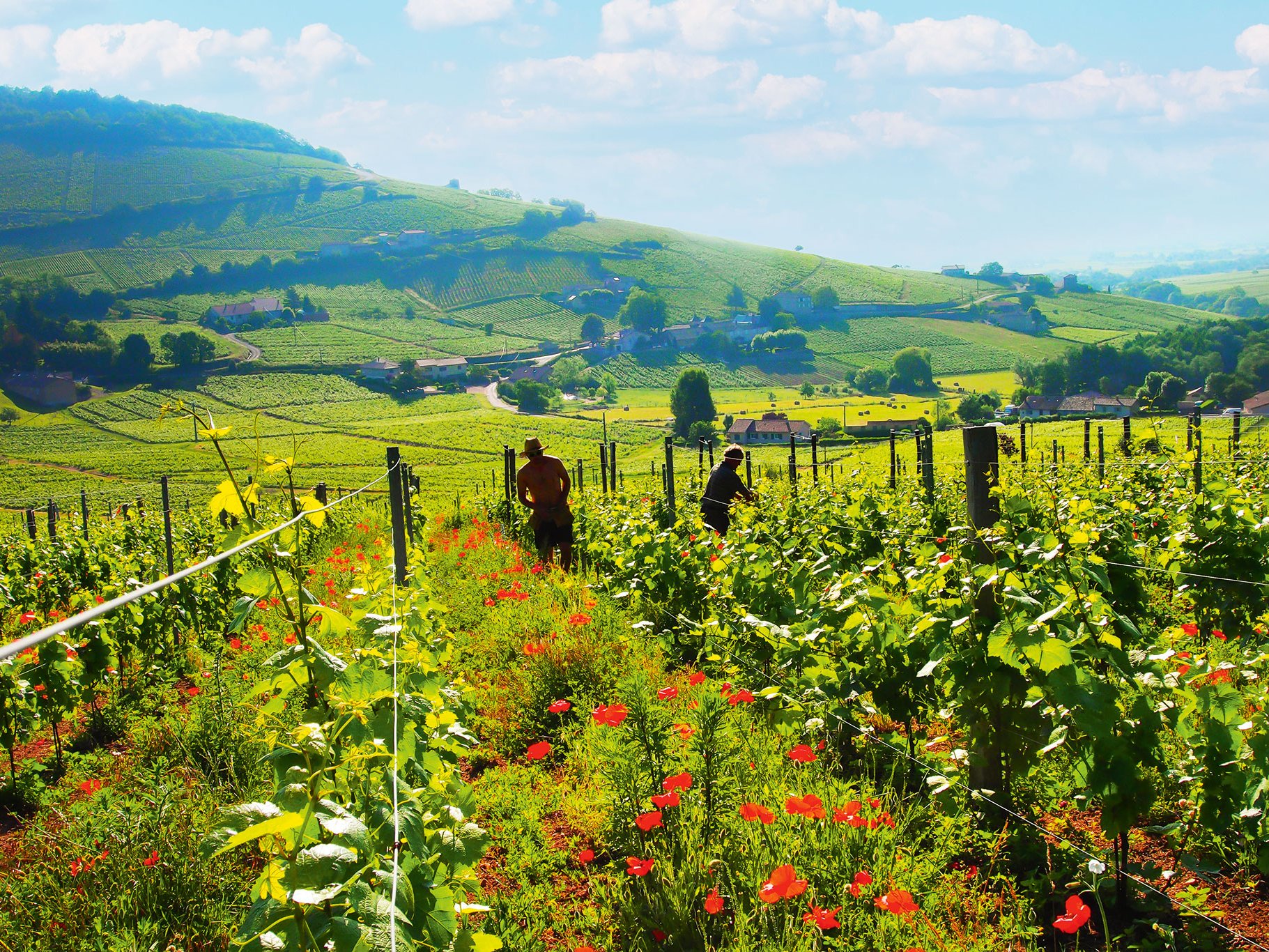New Zealand Pinot Noir: Tasting the Place
Few countries have made such strides with Pinot Noir as New Zealand. In a wine industry that in its current form is barely 30 years old, regional styles are crystallising clearly.
Is there any other red grape variety that tells us so much about its provenance as Pinot Noir? Are Pinot lovers not entirely smitten by that uncanny ability of these wines to act as perfect snapshots of time and place?
Why such ambition?
Those who love Pinot will already be in the know: New Zealand is the country that has made giant strides in expressing regionality. Perhaps it is the absolute will of the winemakers to show their mettle, their sensitivity, their acuity in expressing place in a country that is almost singularly defined by its hugely popular Sauvignon Blancs? Perhaps, more innocently, it is an obsession to bottle and make exactly what nature gives you – in one of the most hair-raisingly beautiful countries in the world.
Speaking for itself
The fact that we can taste differences in the wines is explained by the differences between those regions: soils and latitudes differ, aspects and diurnal shifts. Hawke’s Bay on the North Island sits at a latitude of 39.5°S while Central Otago is five degrees further south at 45°S. Then there is the relative amount of clay or loess in New Zealand’s endless variations of well-drained glacial or alluvial soils and the occasional seam of limestone. Most importantly though is that the winemakers now have the confidence in their fruit – so they let it speak for itself.
A success story
Pinot Noir plantings have doubled in the past two decades from 2,624ha/6,484 acres in 2003 to 5,642ha/13,942 acres in 2021 – today Pinot Noir is New Zealand’s most important red grape variety and thrives in all of New Zealand’s wine regions, on the North and South Island. Yet it represents just 14% of total plantings – this means that tons of individual care are lavished on it – and you can taste it.
The regions
Two regions are easy to spot: there always is an incredible savouriness to the wines from Wairarapa’s Martinborough, a translucent, red-fruited charm that has immense depth. The other easy region to spot is Central Otago: there is a plushness and a depth to that fruit that is as stark as the landscape of dry, stony hills and deep, ice-cold glacial lakes. And today’s Central Otago Pinot Noirs have come a long way from the fruit bombs that used to define the region. Marlborough is harder to spot, so are Canterbury and Nelson – here the nuances between the wines are subtle – but isn’t that exactly what we crave when we pour that glass of Pinot Noir? It’s like a journey in your mind, tripping on all the senses – all the way to those islands at the bottom of the world.

